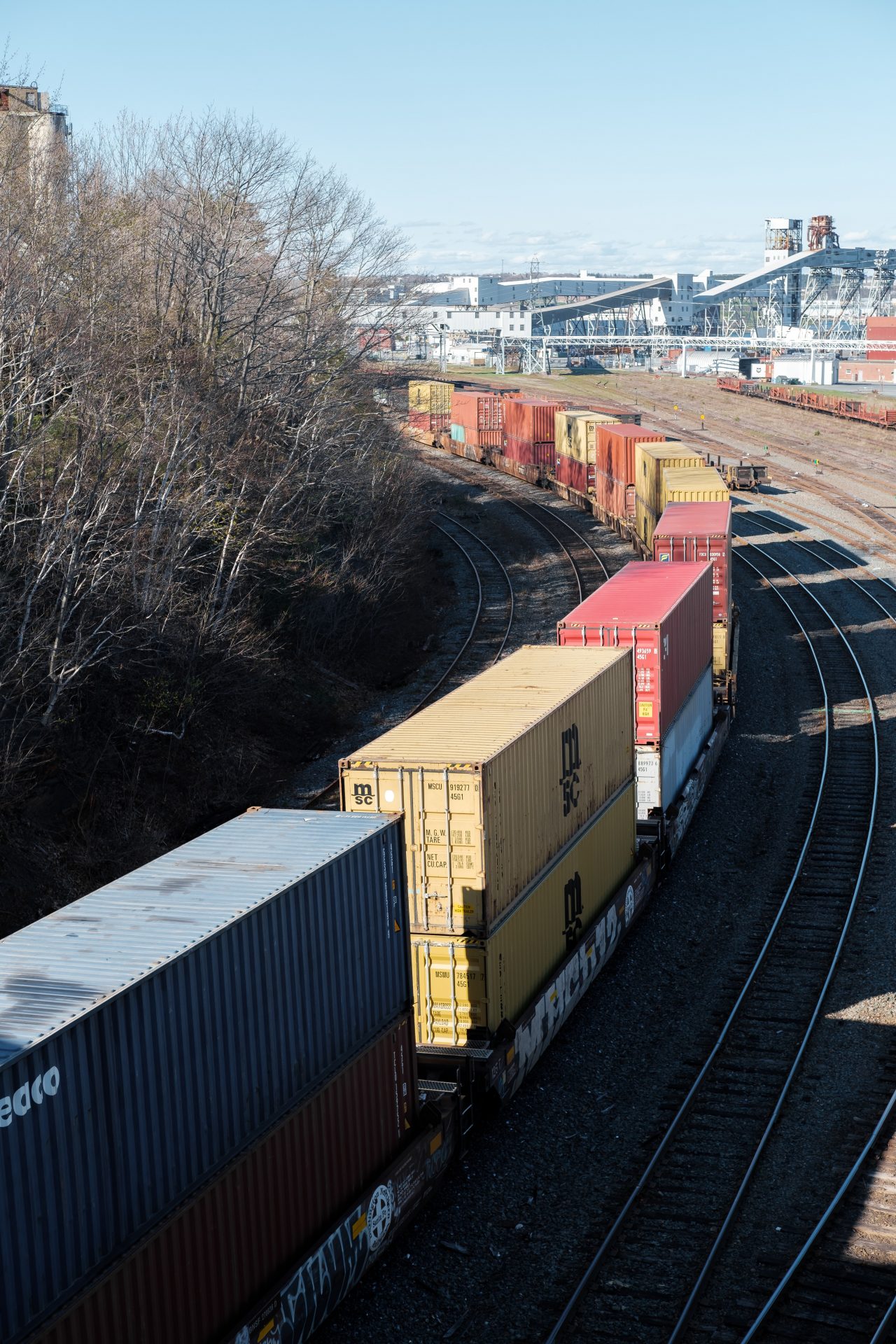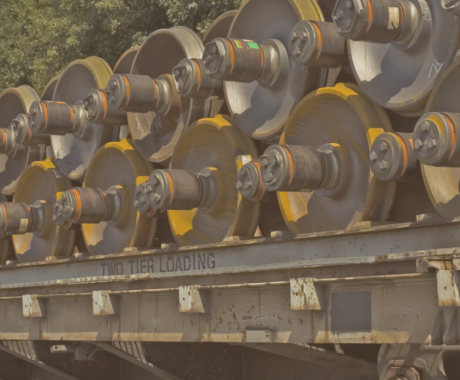Our road and skyways have become overcrowded with vehicles, which has created the need to shift to another transportation solution: railways. This shift has played a major role in pushing the railway industry to improve infrastructure and maintenance processes. Consequently, about 25 to 35 percent of total train operating expenses are for track maintenance needs. What is needed are cost effective rail solutions.
The need for solutions that can optimize the work in the railway industry has gained much more importance. These solutions will help detect defects at an early stage of their development, allowing an operator to repair the damage before it becomes serious. When a vehicle is scheduled for maintenance or overhaul, knowledge of the damage and severity is beneficial, resulting in fewer operational problems, optimizing the fleet availability, and reducing the overall losses and interruption expenses.
Mechanical Sensors
One of the solutions implemented is mechanical sensors. These sensors were applied to measure track geometry parameters. The electromagnetic technique was one of the primary tools for inspecting rail internal defects in highspeed networks until 1953 when ultrasonic transducers were introduced to railway inspection. Since then, various inspection methods have been used for monitoring the health of railway infrastructure or as a preventive measure against rail failures.
Rail axle bearings and wheels are essential parts of the train; any defect might result in severe consequences. Premature failure of rail axle bearings causes a significant increase in train operating costs and can impact train safety. Healthy bearings produce a certain level of vibration and noise, but a bearing with a defect causes substantial vibration and noise levels. Similarly, wheel defects on railway wagons have been identified as an important source of damage to the railway infrastructure and rolling stock. They also cause noise and vibration emissions that are costly to mitigate.
Wheel defects of railway vehicles have a direct impact in causing an increase in attrition and damage to the railway infrastructure. Consequently, this adds additional costs to maintenance and repair, leading to a reduced lifetime and availability of rolling stock. Early detection of wheel defects on trains plays a major role in providing the train operators with timely information on necessary repairs that can prevent further deterioration of the wheels and further damages to the railway infrastructure.
There was an increased focus on the quality of the measurement technologies used to support decision-making within the railway domain with the help of the data-driven railway in the last few decades. Traditionally speaking, a combination of high precision inspection against set standards or, where inspection is impractical, periodic action was used to support safety-based decisions within the railway. While safety is still the main priority, maintenance decisions have gained increased attention. Condition monitoring systems are designed to identify the condition of an asset and inform decision-making processes. Consequently, this helps reduce the incidence of urgent and costly unplanned interventions leading to improvements in performance and safety.
Sensing Technologies
Different sensing technologies monitor axle box bearings and wheels, such as vibration/acceleration, microphone/sound measurement, acoustic emissions/ultrasound, and thermal. Vibration, sound measurement, and ultrasound technologies are used to detect early-stage defects. On the other hand, Thermal sensors are based on detecting the heat generated by severely defected bearings and wheels.
Demand for even more cost-effective and environmentally friendly provided solutions was arisen by railway operators. This led to many technologies integrated into the sensors themselves as a way of cutting extra expenses. New sensors in the market, for example, are based on the vibration energy harvesting technology within the piezoelectric PVDF material, which is environmentally friendly and low-cost. This technology is integrated with the sensor’s design utilizing Piezoelectric PVDF material to convert vibrations into electricity. This technology is based on the cantilever structure, and as the cantilever vibrates, it generates electricity stored in a supercapacitor. Afterward, the electricity from the capacitor is passed to the sensor.
In conclusion, the current market is placing specific demands on the railway industry, resulting in increased needs for cost-effective and safety-oriented solutions. Rail axle bearings and wheels sensors play a major role in detecting early defects that may cause severe consequences. Energy harvesting technology plays its part in saving money and the environment as well.



